Journey to see total solar eclipse in China on July 22nd 2009 or "A miracle near Xiantao"
On July 22nd 2009 a solar eclipse covering part of India, China and Pacific took place. This was an occasion for me (Zbigniew
ZEMBATY) together with Lukasz CHUDY and his fiancée Magda to see the totality.
We met in the costal city of Shanghai on July 21st in the morning. Since the weather forecasts for this place were not very
promising we decided to go west to the city of Wuhan where only thin layer of high level clouds was expected (see a weather map
below in second picture). It took 6 hours for the fast CRC train to travel about 1000km to Wuhan where we appeared about 8.30 p.m. On our way we crossed a weather front of strong rains which already started approaching Shanghai. On our arrival to Wuhan we could see the stars on the light polluted city sky. So we were optimistic about the prospects of the visibility during the upcoming day of the eclipse. After a long time taxi cruse we finally checked into the "Yangtzie River Youth Hostel" with its comfortable rooms located on the 4th and 5th floor of a high building in the city center. In my room I could see the encouraging portrait of the Chairman Mao under white patches of clouds. The same type of clouds we expected to fight with next day.

Zoomed computer weather map for Wuhan & Xiantao:
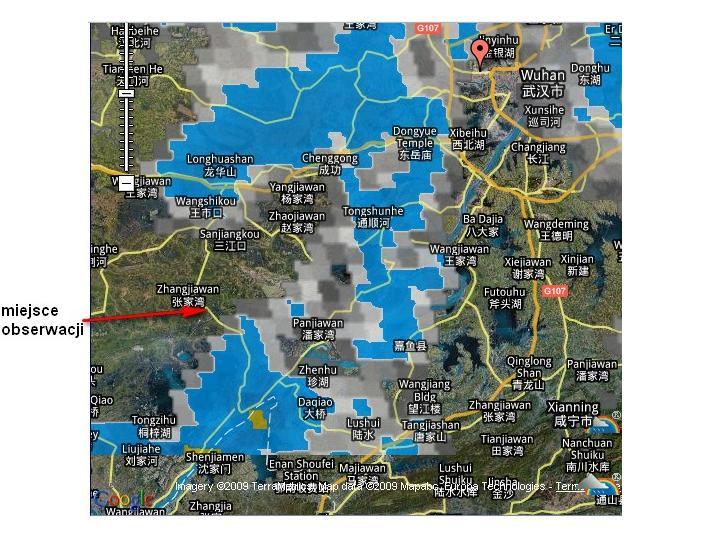
When we woke up next morning at 6 we noted that the white clouds were covering all the sky in Wuhan. So we decided to hire a taxi
and moved further south-west where the clouds could be less extensive. When eclipse reached about 50% we stopped and looked for a
good place to follow the long expected events in the sky.
We put our cameras on tripods (Nikon D60 with Nikkor AF-S 55-200mm f/4-5.6 lense and Baadera filer as well as Canon 50D with EF-L
II 200mm f/2.8 lense).
The totality was approaching (see the picture below taken using the Nikon camera, still with the Baader filter).
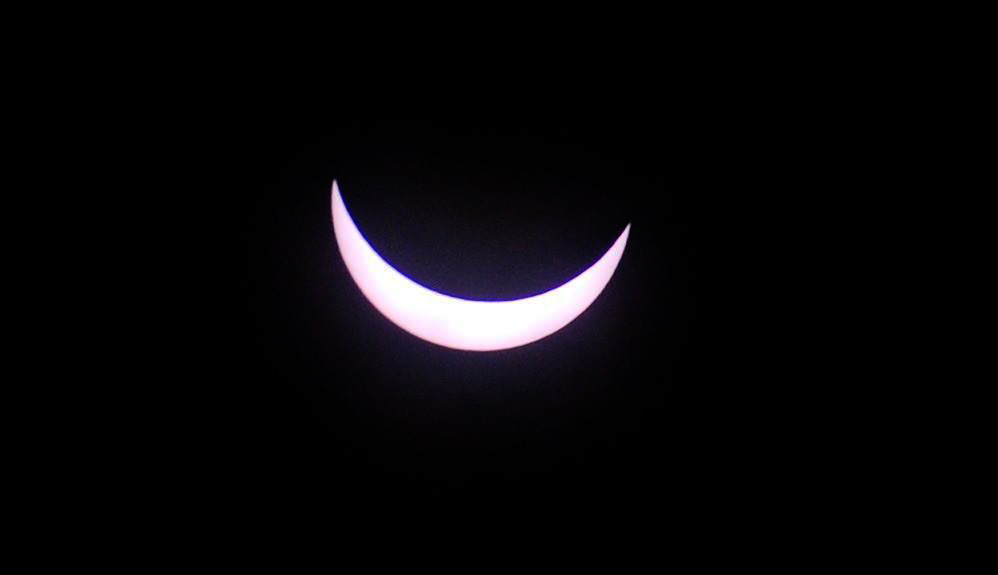
The Sun was behind a thin cloud but there was a great blue hole approaching it. One can imagine our happiness when we noticed
that the Sun appeared in this hole about a minute or two before the totality, and stayed there at least for the upcoming 15
minutes!!!
Finally, about 9.30 local time "the great gig in the sky" started! Wow - what a spectacular view! Even smaller than usually corona
looked very impressive on the sky on which stars appeared. We noticed Mercury and Procyon, but had no time to "spare" for the
enjoyment as we struggled with our cameras to get as good as possible pictures of the totality. Yet we managed to take the picture
of the introductory "diamond ring". We noted excitement among the birds and a truck on the road which had to start its lights to
see the road. I can imagine that the driver might have thought of an upcoming violent storm :) .

Few seconds later the eclipse displayed its full glory (see a picture below taken with the Canon camera).

Experimenting with the exposure time revealed a beautiful prominence which can be seen on another Canon picture (1/1000 s, f/5.6,
ISO400) in the right, upper part of the disk.
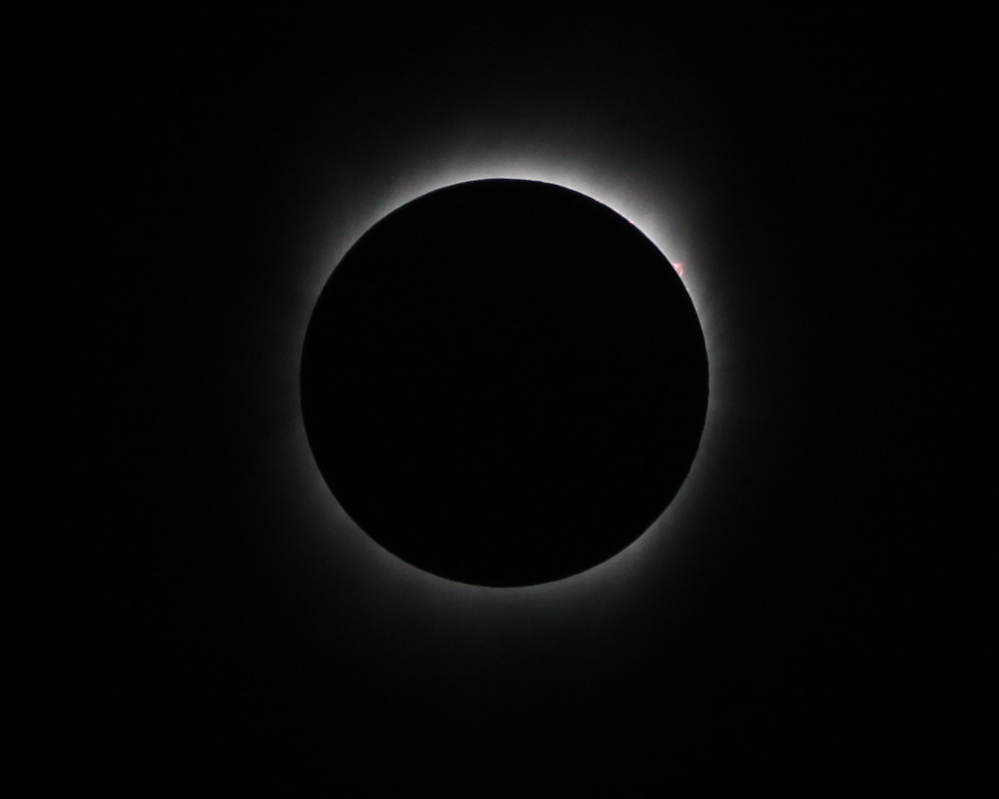
Few more minutes - and the final "diamond ring" announced the end of totality. It was the longest eclipse expected for this
century, yet the time of totality past like a blink of an eye :( .
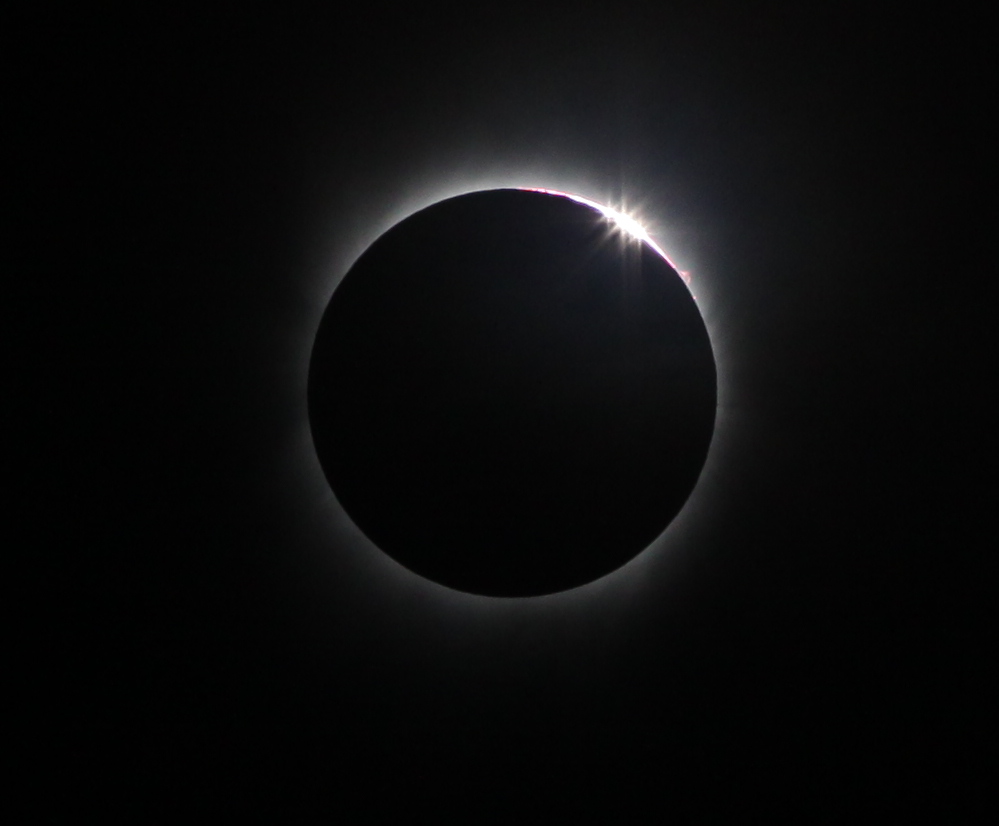
Suddenly we found ourselves surrounded by the villagers, still excited and looking at the partial eclipse using pieces of our Baader filter.

However the lucky part of the day was coming to an end as taxi driver announced that there is something wrong with the engine and we could not continue the journey.
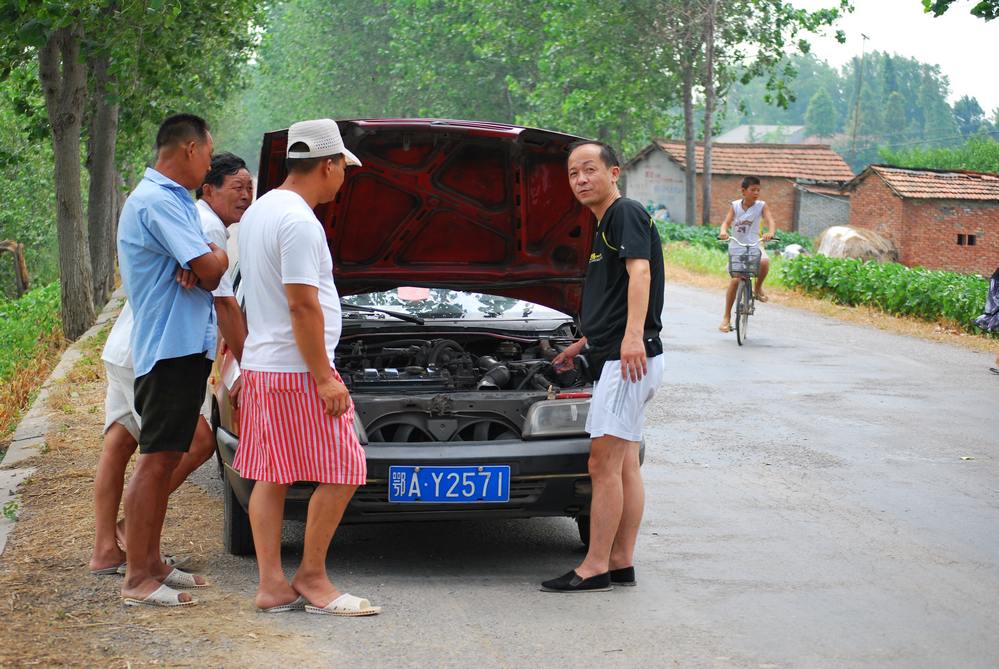
So we stayed another 3 hours waiting for the specialists. But the time was running fast as the very friendly and nice villagers offered us drinks, a bench in the shadow and even tried to talk with us. For this purpose two nice girls, pupils of the local school, used their best skills in English language.
Below there are two more pictures from the village
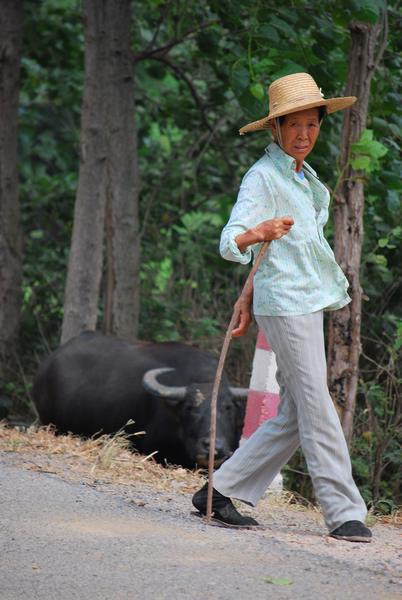
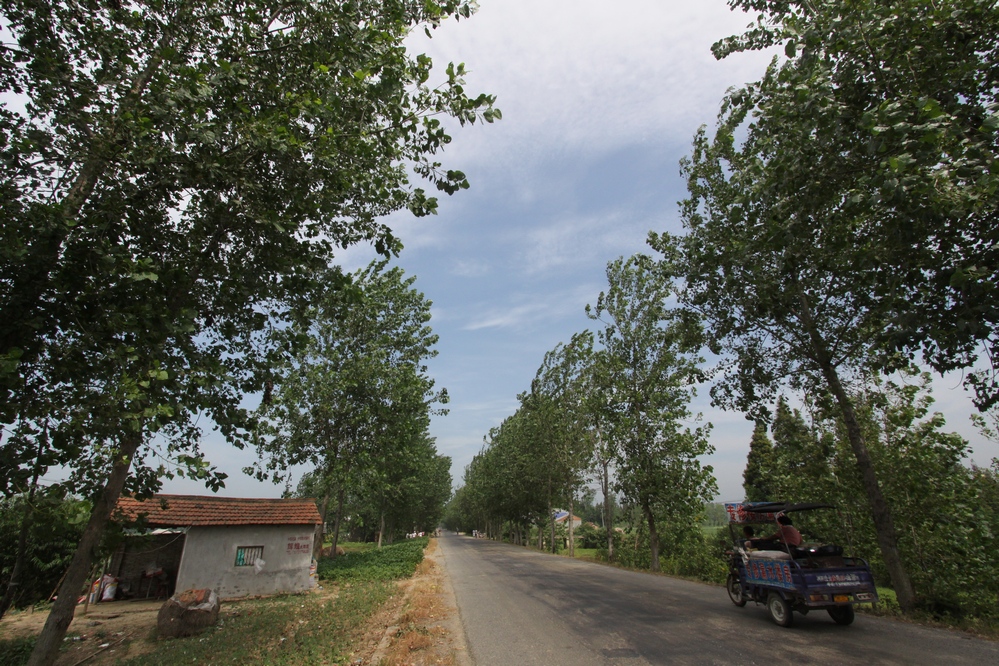
The above photograph reflects the general weather pattern that occurred during the eclipse at this place.
[b]Conclusions[/b]
Contrary to the statistics it was not the coast to reveal better weather during the eclipse. It happened so because a strong monsoon weather front moved along most of the path of totality. We were later told by a Briton who spent the eclipse in Wuhan that during the totality all the sky remained covered with the thin white clouds. This made the visibility of corona difficult. Still some composite pictures taken from Wuhan appeared remarkably good. The general situation regarding this eclipse is described quite well by the [i]Sky & Telescope[/i] Internet service
http://www.skyandtelescope.com/news/home/51389547.html











